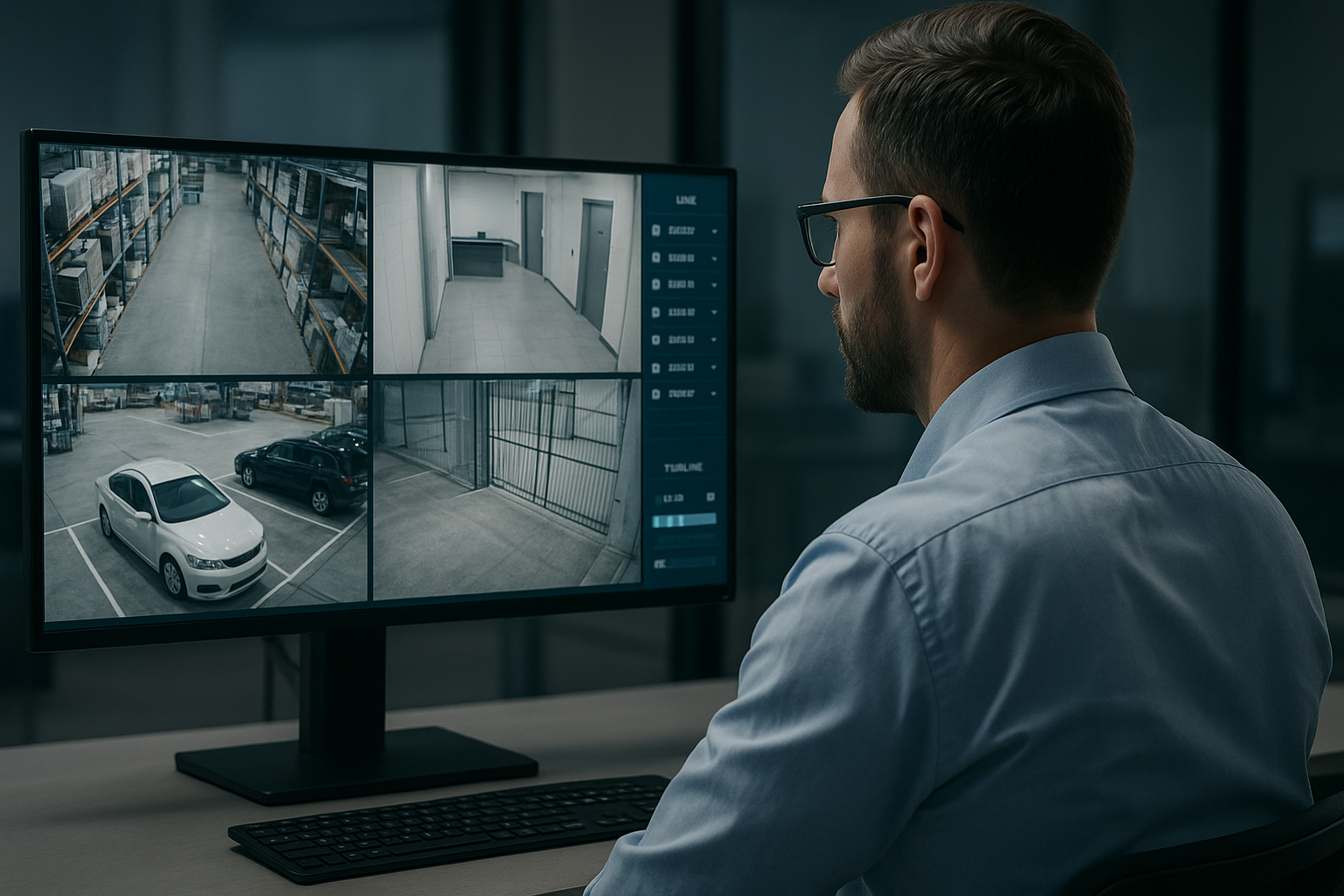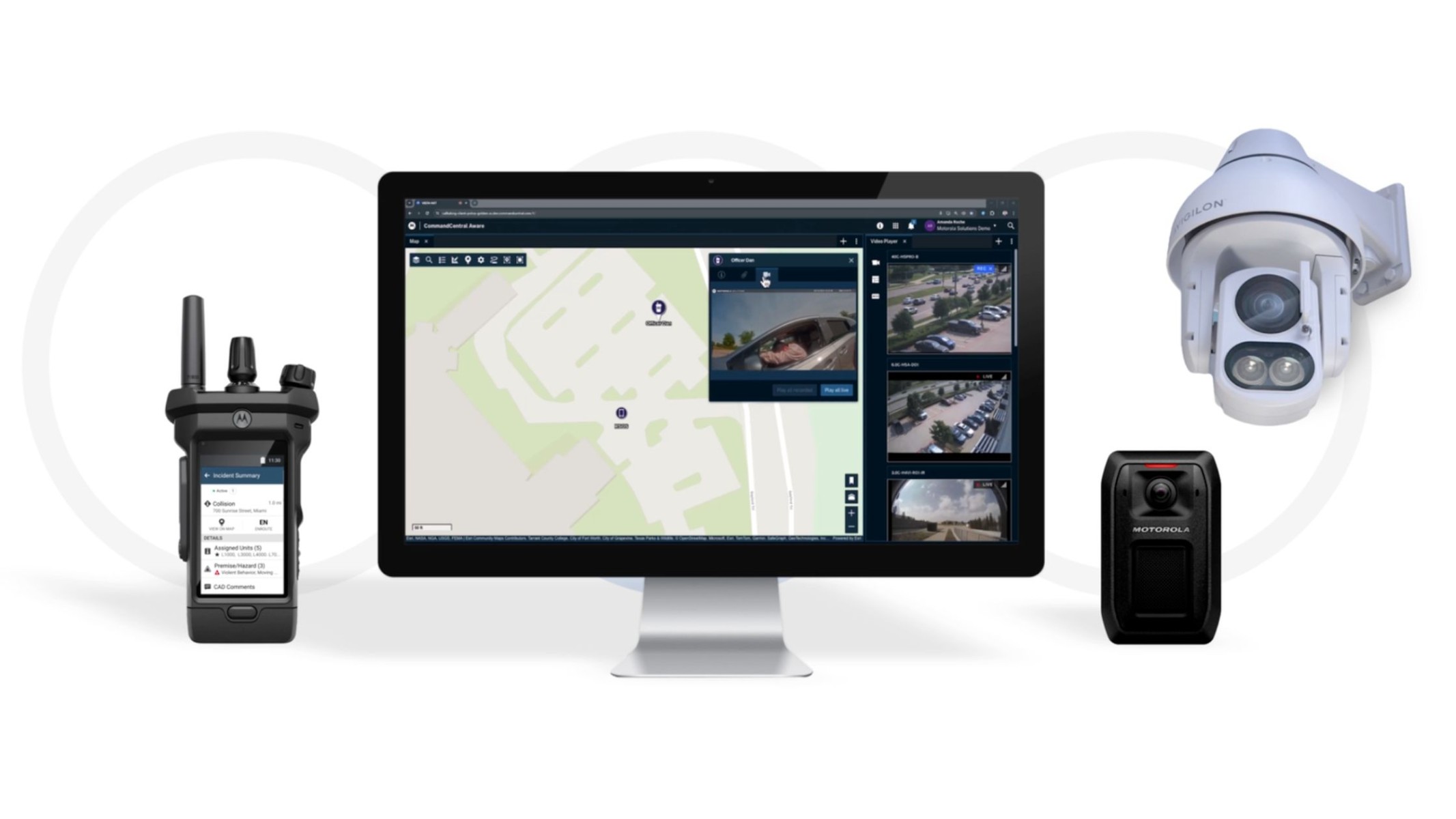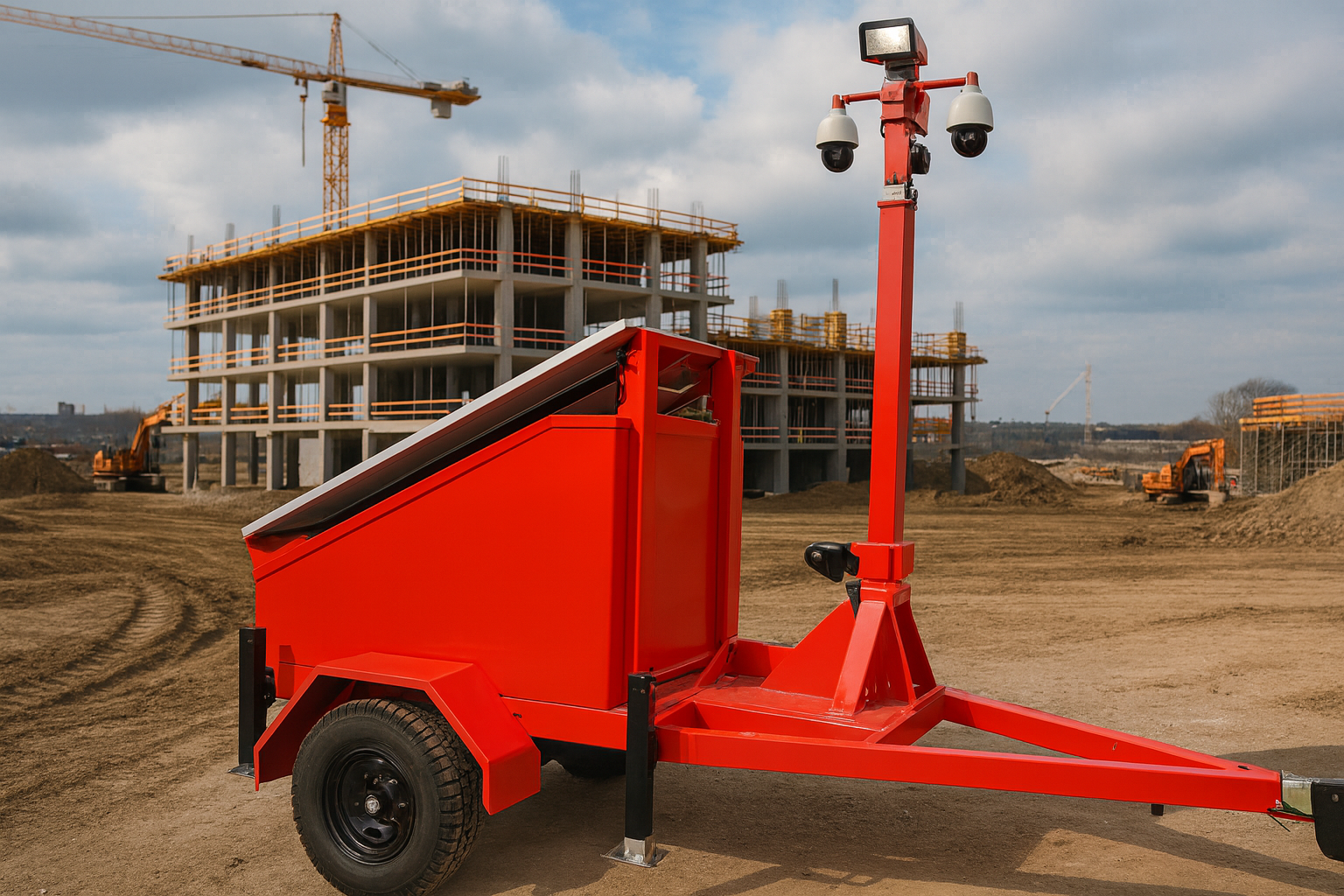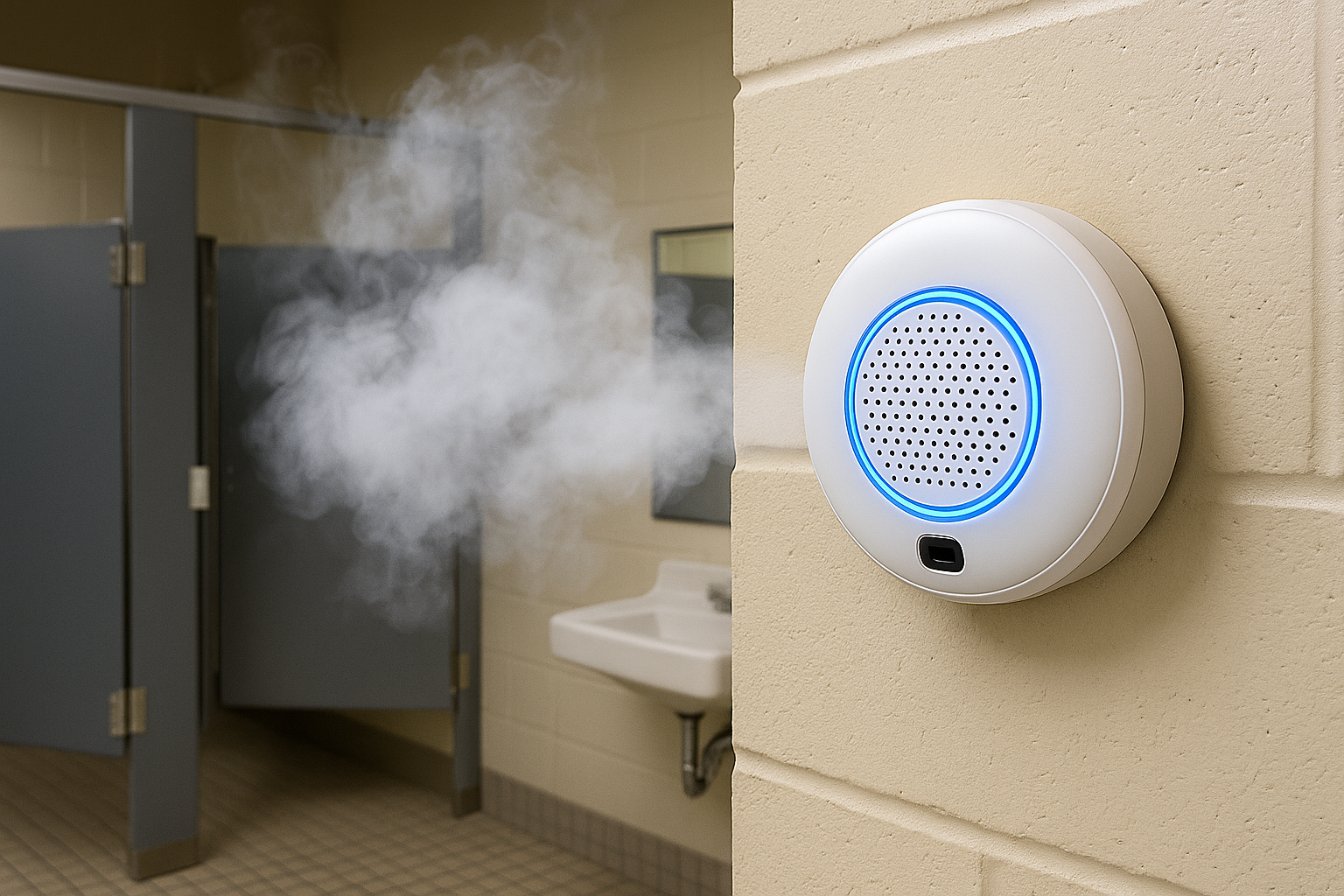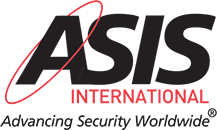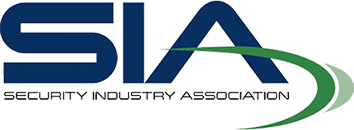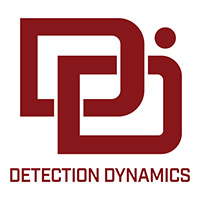TL;DR: Slow video access, undetected camera failures, and lack of AI analytics are the most common signs your VMS is costing you time and money. Upgrade to a cloud-ready, AI-enabled VMS to cut investigation time, reduce blind spots, and simplify licensing and maintenance.
5 Signs It’s Time to Upgrade Your Video Management System (VMS)
When you have multiple facilities to manage, your video system is there to be your eyes. But older video management systems (VMS) can quietly turn into liabilities as technology advances. Missing footage, slow video feeds, or inoperable integrated systems often take place well before a complete system failure is observed. This stuff can result in expensive downtime, compliance risks, missed incidents, and loss of time and resources.
A modern VMS can’t just mean watching video anymore. It’s about making faster, smarter decisions with powerful Artificial Intelligence analytics, cloud access, unified management, and joined-up decision-making. Here is how to know when your system has fallen behind.
1. Are You Experiencing Slow or Unreliable Video Access?
If pulling up footage feels like waiting for dial-up internet, your VMS is probably overdue for replacement. Older systems in the on-premise environment may just be running servers or software that do a poor job with high-definition video, such as video streaming from multi-site streams.
State-of-the-art solutions such as Avigilon Alta or Verkada Command make video immediately retrievable from any device, ensure cloud redundancy, and AI-powered search. Quick access means quicker investigation and less frustration when something goes wrong.
2. Are Camera Failures Unnoticed?
You shouldn’t have to discover that a camera went offline after an incident. Legacy VMS platforms have no real-time health monitoring, resulting in blind spots throughout your facility.
Upgraded systems can automatically notify your team in real time of any outages, bandwidth issues, or tampering. Combined with cloud-based dashboards or integrated tools such as Eagle Eye Networks, you’ll always be able to rest assured that all cameras are recording when it counts.
3. Not Having AI-Driven Insights in Your System?
If your VMS only records video, you’re missing the value of modern-day analytics. AI-enabled platforms can pick up data on motion patterns, observe people or vehicles, look for abnormalities in movement, and catch an anomaly, warning people when there’s trouble early, before it even starts.
Hoosier Security, for example, frequently utilizes Motorola’s Avigilon with Appearance Search™, allowing users to locate a person or vehicle in a matter of seconds across all cameras. The end result: reduced investigation time and more robust incident prevention.
4. Do You Pay Too Much for Maintenance or Licenses?
If your IT team spends hours managing patches, or if your licensing structure gets more and more complex each year, that’s an indication your VMS is draining resources. The cloud-native system removes all high-priced maintenance contracts and server updates while providing automation and scalability.
Hoosier Security’s cloud-based video solutions allow you to pay for what you need and easily scale across new sites without having to recreate your network.
5. Is There Limited Connectivity Between Your VMS and the Rest of the Environment?
Your video system must not function in a silo. Older VMS software still frequently cannot connect with up-to-date access control, alarm, or analytics systems, and there are data gaps that can lead to slow response.
These days open-architecture solutions work well together, and we need to sync with partners Brivo, PDK, ZeroEyes, and HALO Smart Sensors to provide a single security system that shares intelligence on the fly! Integration transforms reactive security into proactive protection.
Reduce Review Time by 70% or More
A regional logistics company recently found out that their VMS wouldn’t support high-resolution camera feeds or integrate with their new access control system. After moving to a cloud-managed system which also included AI analytics with Hoosier Security, their incident review time was reduced by 70% and downtime from server overloading was eliminated. It also gave their operations team a single dashboard to monitor all warehouses, saving time and money.
Questions We Hear All the Time
Q: When should VMSs/IT systems be upgraded?
A: Most systems demonstrate aging in 5 to 7 years. If your hardware or software don’t provide cloud access, AI analytics, or remote management, it’s time to look into modern options.
Q: Can I upgrade without replacing my cameras?
A: Often, yes. Many modern VMS platforms are camera-agnostic, so if you want to add new features to your back-end, you can keep compatible IP cameras.
Q: Is cloud storage secure for video storage?
A: Absolutely. End-to-end encryption and multi-factor authentication are used in such solutions as Avigilon Alta and Verkada Command. Cloud security can sometimes surpass on-prem legacy servers in that regard.
Q: What is the main benefit of upgrading?
A: The biggest perks aside from better video quality are speed, reliability, and integration. You get complete situational awareness and are confident that your system will be able to operate when it matters most.
See How a Modern VMS Will Transform Your Operations
Visit Hoosier Security Experience Center to explore AI-enabled, cloud-based video systems in action or call us to review your existing setup and get a personalized upgrade plan from our team.
